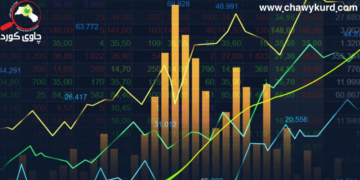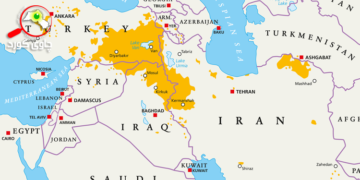Some consumers are worried about reaching the latest products, but there are also consumers who are too concern about a particular brand. Meanwhile, there are cost-motivated consumers who only buy huge items annually at January sales. Environmentally conscious consumers who choose carefully what they buy have based on the following principles:
There are customers who only buy through online, others who prefer physical stores and yet there are others who have continuous contributions for regular purchases. Furthermore, it affects your buying habits due to your living place, your age, your gender, as well as your income.
Thus how do consumers make decisions about what they buy, when, and how?
So how can businessmen take advantage of this issue?
What is Theory of Consumer Behavior?
Attempting in understanding what’s going on in a consumer’s mind and what exactly makes them buy is the goal of every business. The only way to implement this is to carefully study buying forms and build theories and models.
Consumer Behavior Theory: It is the study of how people make decisions when they make purchases, helping merchant’s revenue to take advantage of these behaviors by predicting how and when a consumer will make a purchase. It also helps to determine what influences these decisions.
The main Factors Affecting Customer Behavior are:
1.Psychological: Psychological factors include a person’s attitude, views about life, ability to understand information, motivation, personality and beliefs.
2.Personal: Personal characteristics include age, gender, financial status, profession, background, culture and location.
3.Social: Social circumstances can influence shopping such as friends, family, community, work or school community, or groups they join as a hobby group.
Why is Consumer Behavior Theory important?
Consumer behavior theory allows traders to have better understanding in their targets and thus be able to create products, services, and corporate cultures to influence buying habits.
Consumer behavior allows the dealers to understand:
•How customers think about your brand in front of your competitors.
• How they select among alternatives.
•Their behavior while shopping.
•How their surrounding environment affects their behavior.
•Their preferred payment approaches.
•What products or services are they looking to fill their needs?
Finally, by paying attention to your customers’ buying ways, you can distribute your products and services in markets that will have a higher propensity to purchase. Or make changes to store environments or online shopping processes in order to increase your revenue.
For example, if you have a physical store and notice that customers pick up products to buy, look around for a while, seem bored and then put them down and leave without buying, it may be because you need better.
For example, in some markets and malls among several cashiers only few of them are in working, which causes congestion and annoyance for customers.




























































